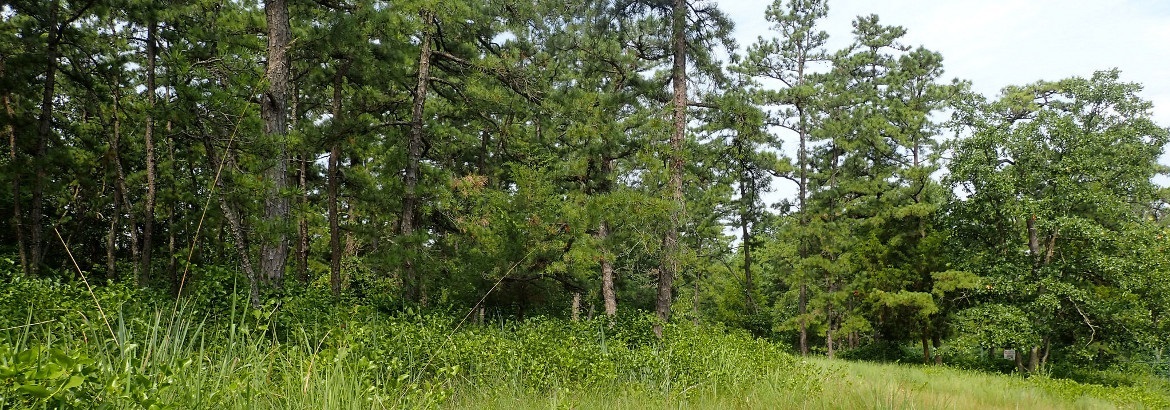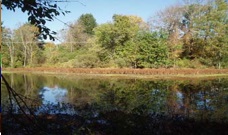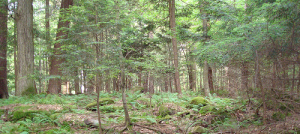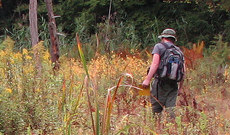 Plant Community Classification
Plant Community Classification
Plant communities are groups of plants sharing a common environment that interact with each other, animal populations, and the physical environment. The types of plant communities found in an area can tell us a lot about that landscape. Plant community surveys provide information about plant species presence, the structure and composition of the plant community, soil chemistry, geology, presence of wildlife habitat, and quality of the entire landscape. These data can be used to create comprehensive, wide-scale land management and conservation plans.
PNHP’s plant community classification system, Terrestrial and Palustrine Plant Communities of Pennsylvania 2nd Ed. , includes information on over 100 natural plant communities found in Pennsylvania. Community descriptions include plant species and their associated soil types, geology, related plant communities, and range. Information from the PNHP classification system has been incorporated into NatureServe’s National Vegetation Classification and other national projects.

Using the Classification
Learn about plant community classification concepts and view relevant references and a glossary.

Palustrine Communities
Explore wetland and riparian plant communities of Pennsylvania with our fact sheets and Palustrine Community Key.

Terrestrial Communities
Learn about the upland plant communities of Pennsylvania with our fact sheets and Terrestrial Community Key.

History of the Classification
Terrestrial and Palustrine Plant Communities of Pennsylvania 2nd Edition represents the third approximation of plant communities for Pennsylvania.






